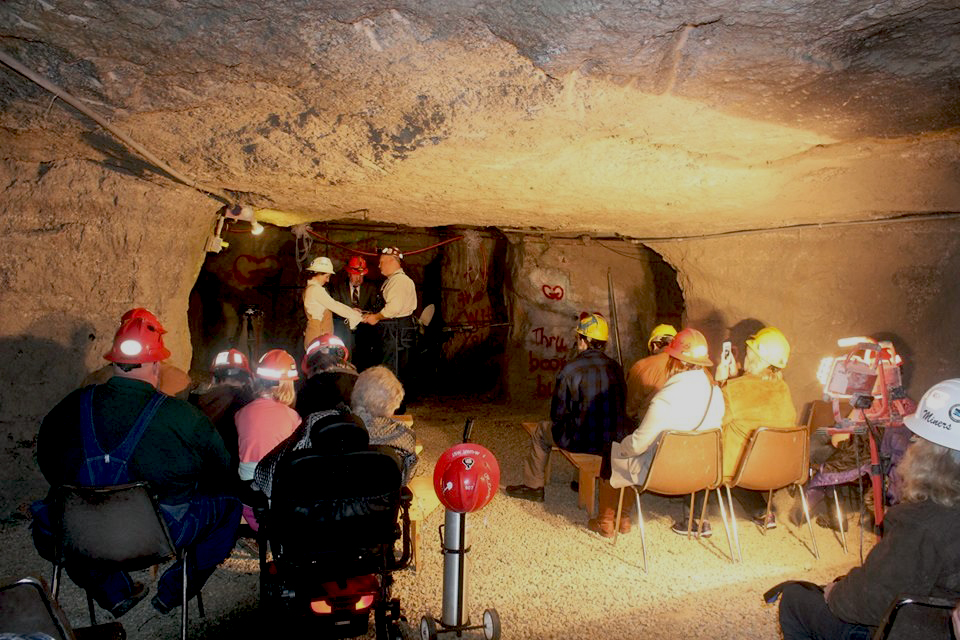
S&T alumni Genevieve (DuBois) Bodnar and Greg Sutton exchange vows in the Experimental Mine on Dec. 20, 2014. Contributed photo
Hard hats? Check. Overalls? Check. Steel-toed boots? Check.
Marriage license? Checkmate.
In an unusual twist on the fairy tale wedding, Missouri S&T alumni Genevieve (DuBois) Bodnar and Greg Sutton were married underground at S&T’s Experimental Mine on Dec. 20, 2014. Wearing hard hats, overalls and steel-toed boots, the couple tied the knot before hard-hat-wearing friends and family.
Bodnar and Sutton first met at a Society for Mining, Metallurgy and Exploration meeting in St. Louis about eight years ago. They’ve both participated in and judged the International Intercollegiate Mining Competition, which is considered by some to be the Olympics of mining, with seven events that demonstrate techniques used by old time miners.
“We just came up with the crazy idea we wanted to be married in the student mine,” says Bodnar, who earned bachelor’s degrees in metallurgical engineering and mining engineering from S&T in 1998 and 2001, respectively. Bodnar also helped start the Haunted Mine that’s become a Rolla Halloween staple.
The wedding took place about 100 feet inside the mine from the adit – the horizontal entrance to the experimental mine. Portable lights illuminated the ceremony.
“We decided to do it that way because of our great appreciation of mining,” says Sutton, a 1988 mining engineering graduate. Sutton helped teach a drilling and blasting lab and a surveying lab at the mine during his time on campus. He also worked at the experimental mine as a laborer.
Jimmie Taylor, the experimental mine supervisor who oversees all mining operations, including explosives storage inventory, has worked at S&T since 1992. He’s seen about all there is to see when it comes to the mine – until December.
“It’s the first I have heard of anyone getting married at the mine,” he says.
They capped the ceremony – literally – by setting off seven blasting caps with an old-time plunger detonator on a five-second delay. Dr. Paul Worsey, director of explosives engineering education and professor of mining engineering, and senior mine mechanic DeWayne Phelps set up the explosions, Taylor says.
Dr. Samuel Frimpong, chair of the mining and nuclear engineering department, gave permission for the wedding to take place – safely. No alcohol was served.
These days, Sutton runs G&G (Genevieve and Greg) Mining Solutions in Bunker, Missouri, where the two make their home. Genevieve works for the Doe Run lead mining company, which is where Greg worked from 1992 to 2014.
For the couple, mining is in the blood, and getting married in S&T’s experimental mine was the next logical step.
“It was a way to incorporate our passion for each other into our passion for the mining industry,” Sutton says.
By Joe McCune
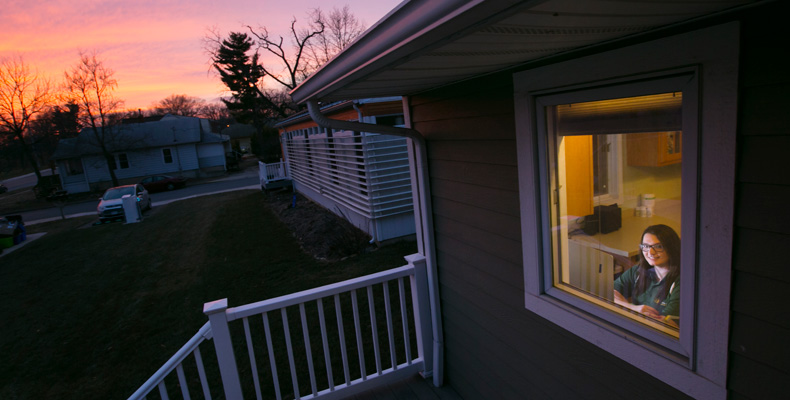
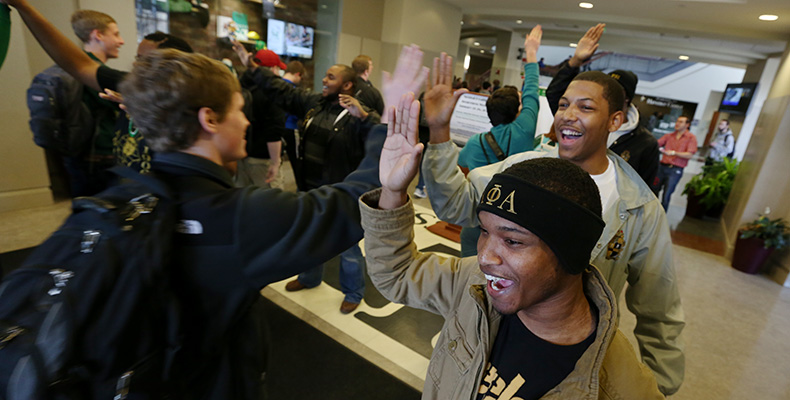
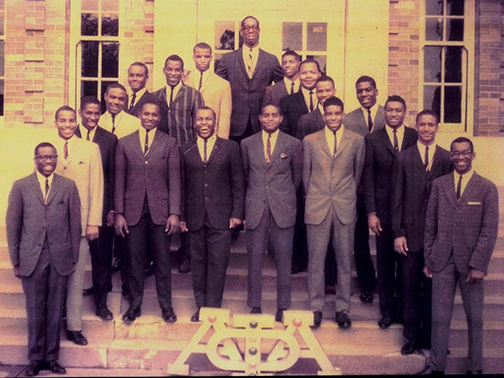


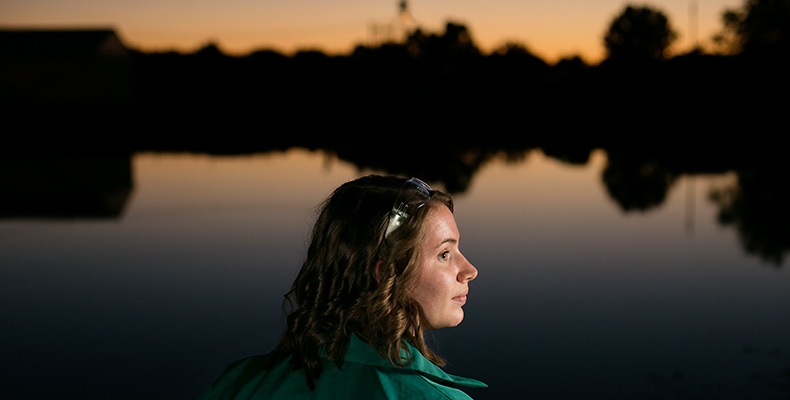
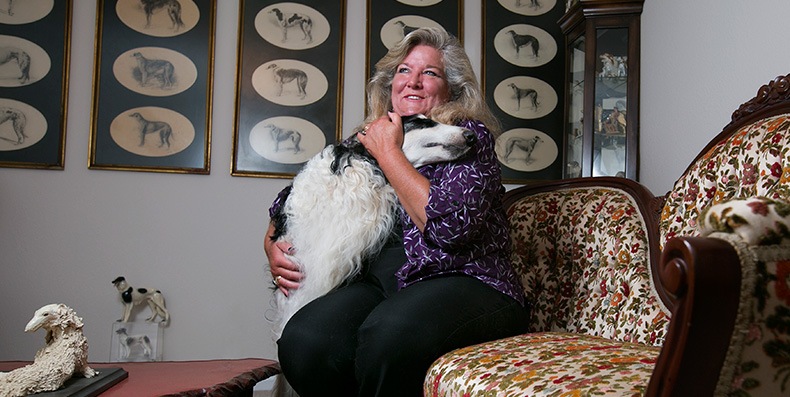
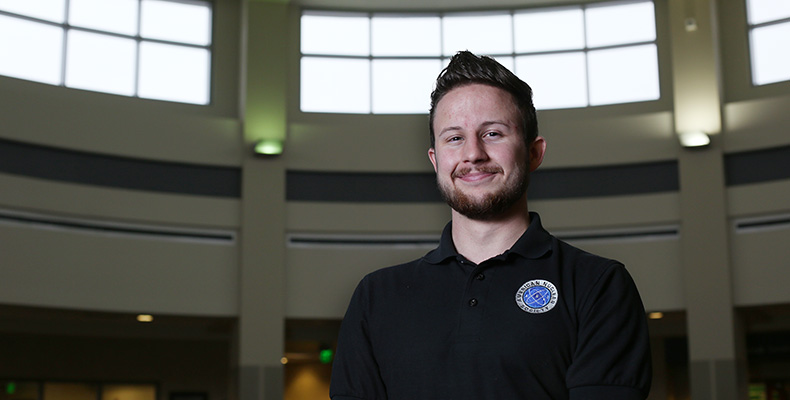
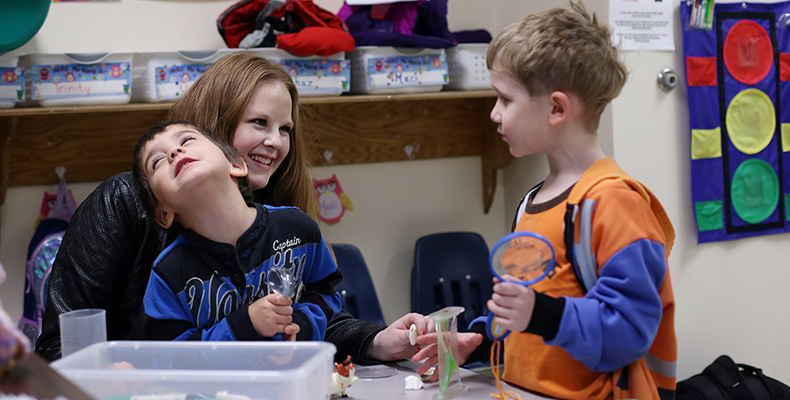
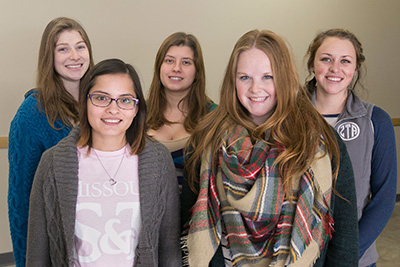
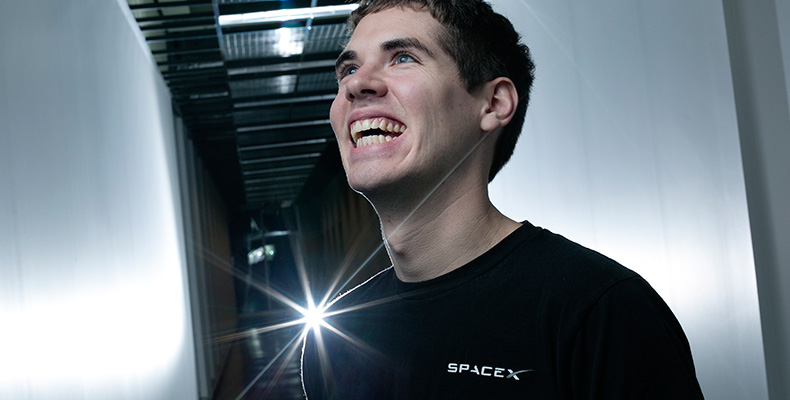
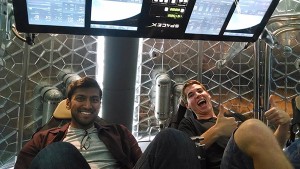
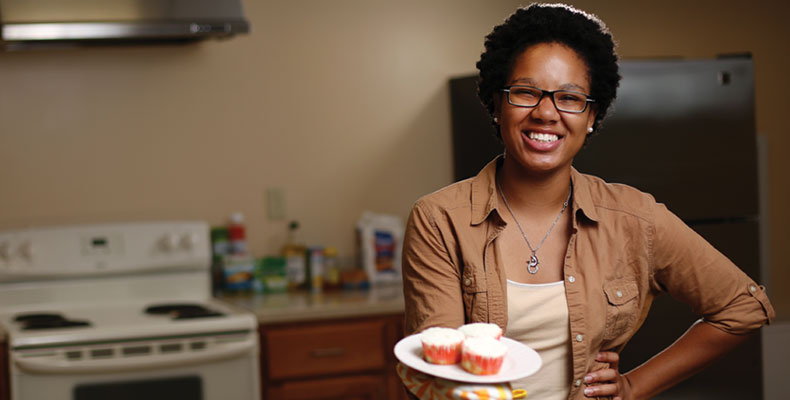
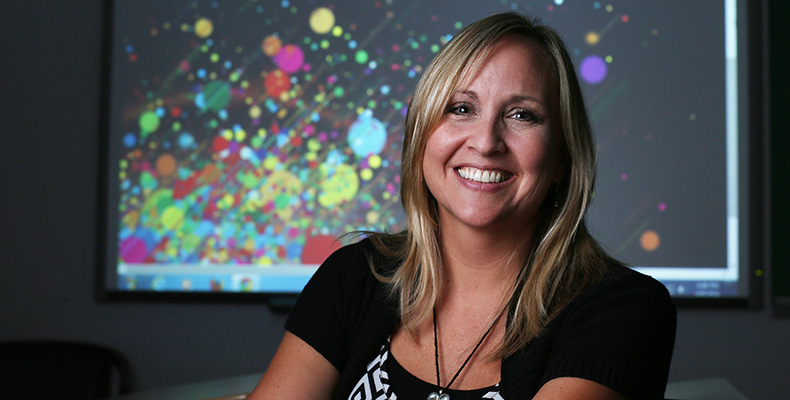
Recent Comments